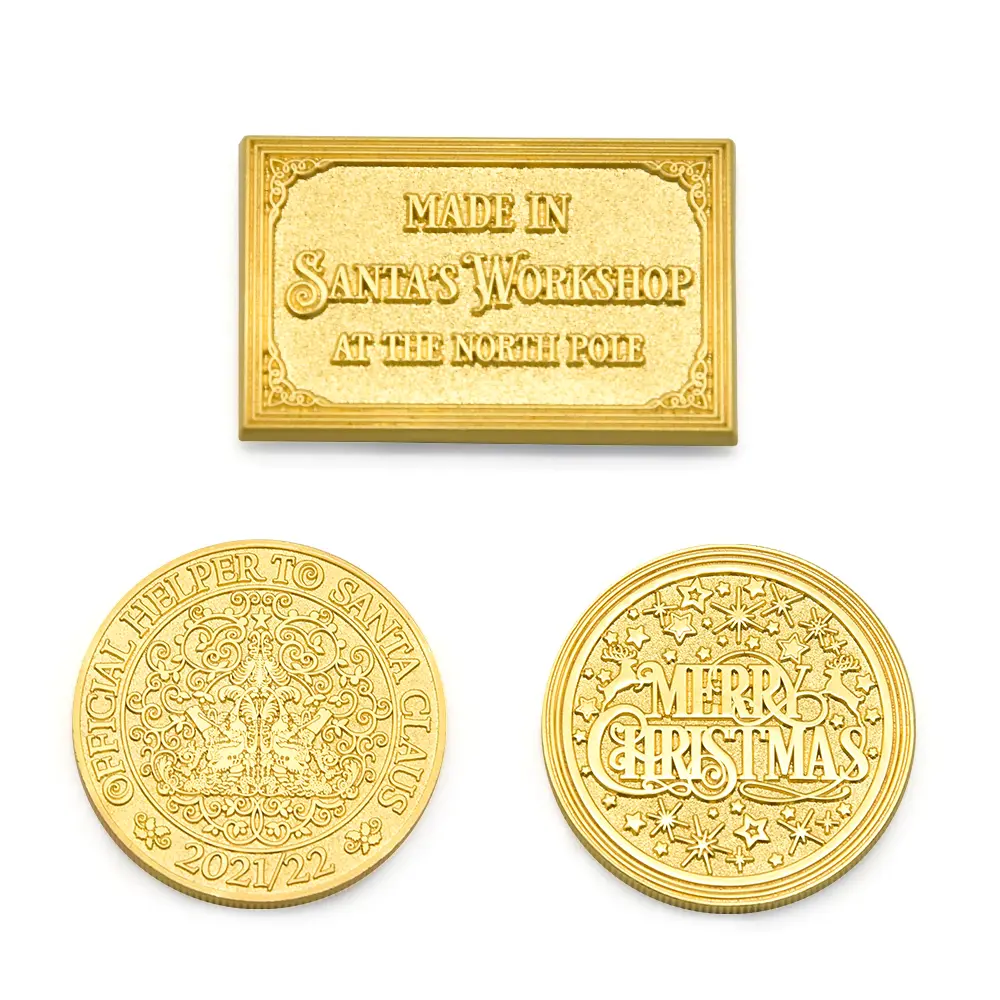Design badge drawings: Use professional design software such as Adobe Photoshop, Illustrator or CorelDRAW to determine the material, color, pattern, text, color, shape, size and other elements of the badge according to the needs and preferences of customers, so that it meets the customized theme and aesthetic requirements. The technical feasibility and anti-counterfeiting measures of the badge should be considered in the design, and the design draft should be confirmed and modified by the customer after completion.
Make a badge mold: remove the color of the confirmed design draft and convert it into a black and white metal black and white manuscript with black and white color representing the concave and convex, and print it on sulphate paper in a certain proportion. The engraving template is made through the method of sensitized ink exposure, and then the engraving machine is used to make the engraving mold according to the appearance of the engraving template to carve out the upper and lower steel molds corresponding to the front and back of the badge. After the die is finished, the die needs to be heat treated to strengthen the hardness and durability of the die.

Pressing: Select the appropriate metal materials according to the design of the badge, such as copper, iron, aluminum, etc., and process it into a certain thickness of the plate, the plate needs to be flattened, cut, annealing, etc., so that it can reach the required size and hardness. The heat-treated mold is installed on the press table of the stamping machine, the treated metal sheet is put into the mold, and the pattern and text on the mold are transferred to the metal material by applying pressure through the stamping machine to form the basic shape of the badge.
Blanking: Using a pre-made knife die, the product is shaped according to its shape, and the excess part is blanked with a punch to make the badge reach the design size.
Polishing: Put the blanked badge into the polishing machine for polishing treatment, remove the burrs and impurities generated during the stamping process, improve the finish of the badge surface, so that it presents a good metal texture.
Welding accessories: According to the needs of the badge, the back of the badge is welded with the corresponding accessories, such as pins, clasps, magnets, etc., in order to facilitate the wearing or use of the badge.
Electroplating: According to customer requirements, the badge is electroplated. Common electroplating colors include gold plating, silver plating, nickel plating, red copper plating, etc. Electroplating can increase the beauty, wear resistance and corrosion resistance of the badge, while giving the badge different colors and effects.
Coloring (optional) : If you need to make a colored badge, you can choose different coloring processes and pigments such as enamel, imitation enamel, paint, glue, printing according to the design requirements, so that the badge presents a rich color and pattern.
Packaging: Quality inspection of the made badges to ensure that the size, pattern, color and surface quality of the badges meet customer requirements, and then clean the badges to remove the stains or debris that may remain on the surface, and finally pack them according to customer requirements, such as into plastic bags, cardboard boxes or customized display boxes.
Post time: Jan-10-2025
